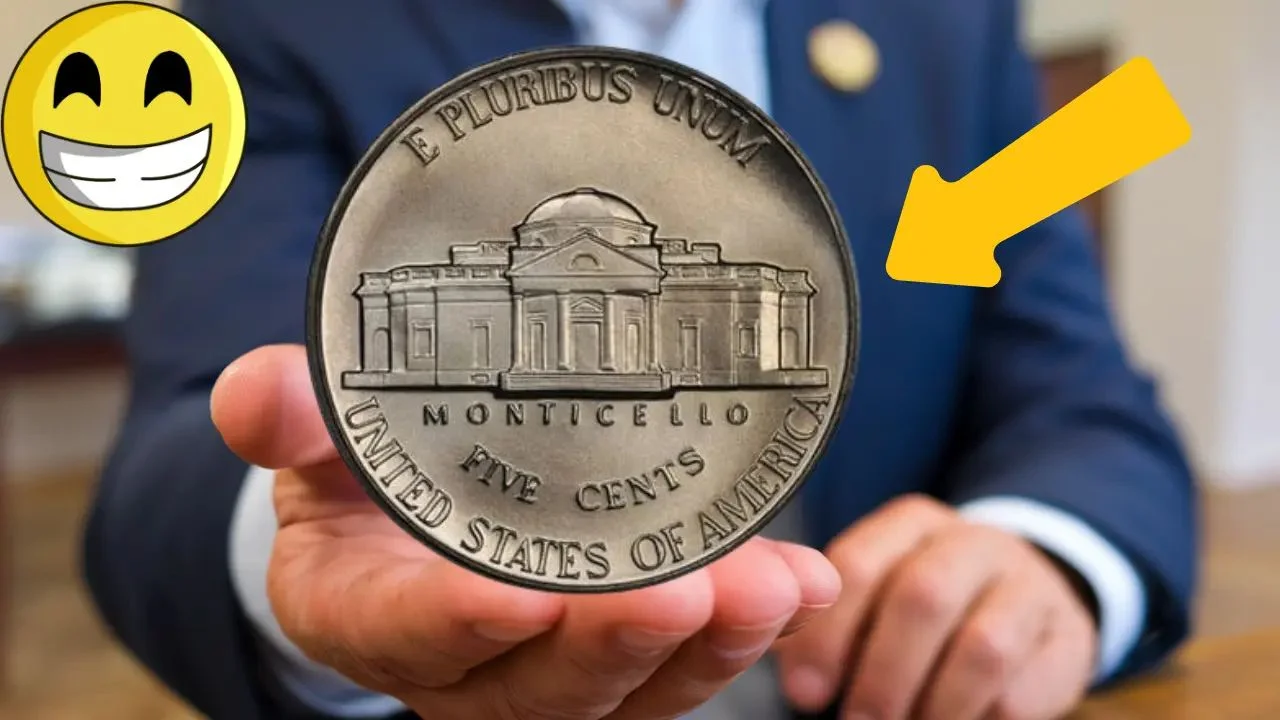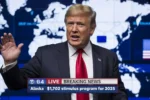The Wartime Jefferson Nickel is one of the most fascinating pieces of American coinage. Born out of necessity during World War II, it has become a symbol of history, rarity, and collector demand. Let’s explore how this small coin transformed into one of the most valuable U.S. nickels ever made.
The Historical Background of the Wartime Nickel
During World War II, the U.S. military needed nickel metal to manufacture tanks, armor plating, and weapons. Since the standard five-cent piece was made from 25% nickel and 75% copper, the government decided to change its composition. In 1942, the Mint introduced a new formula containing 56% copper, 35% silver, and 9% manganese. This adjustment saved crucial nickel for the war effort, while still keeping coins in circulation.
The Unique Composition and Its Lasting Impact
Unlike regular nickels, wartime issues contained silver, which instantly set them apart. Even though these coins were meant for everyday use, their silver content gave them an intrinsic value higher than face value. Over time, as silver prices rose, people began to recognize that these nickels were worth keeping. Today, this unique composition makes them especially appealing to collectors.
How to Identify a Wartime Jefferson Nickel
One of the easiest ways to recognize a wartime nickel is by looking at the reverse side of the coin. Above Monticello, you will find a large mintmark (“P” for Philadelphia, “D” for Denver, or “S” for San Francisco). This was the first time the Philadelphia Mint used a mintmark, making these coins historically significant. If you see this mark, you are holding a wartime silver nickel.
Why Collectors Value Wartime Nickels
Collectors prize these coins for several reasons: their silver content, their connection to World War II, and their rarity in high-quality condition. While millions were minted, most were heavily circulated, making uncirculated examples scarce. Well-preserved coins with sharp details can command hundreds or even thousands of dollars, depending on rarity and condition.
The Historical Importance Beyond Value
The wartime Jefferson nickel is not only valuable—it is symbolic. It reflects America’s sacrifice during a time of global crisis. For many collectors, owning one is like holding a piece of history in their hands. This connection to the past ensures that interest in these coins will never fade.
From Pocket Change to Treasure
What was once just five cents in someone’s pocket can now be worth a fortune. The combination of silver, history, and scarcity has elevated the wartime Jefferson nickel into a true collectible gem. For both seasoned numismatists and beginners, these coins remain a must-have addition to any collection.
Frequently Asked Questions (Wartime Jefferson Nickel Worth a Fortune)
Q1: How much is a wartime Jefferson nickel worth today?
Values vary depending on condition and rarity. A common circulated wartime nickel might be worth $1–$3, while rare dates or high-grade examples can sell for hundreds or even thousands of dollars.
Q2: Which wartime Jefferson nickel is the most valuable?
The 1943/2-P overdate and the 1945-P in high grade are among the most valuable examples. Rare errors or coins in pristine condition also command high prices.
Q3: How do I know if my nickel is silver?
All wartime nickels (1942–1945) contain 35% silver. The easiest way to identify them is by checking for the large mintmark above Monticello on the reverse.
Q4: Can wartime nickels still be found in circulation?
It’s possible, but very unlikely today. Most were removed from circulation decades ago, though occasional discoveries still happen.
Q5: Are they a good investment?
Yes, wartime nickels are considered a solid investment because of their silver content and historic significance. However, the real value lies in high-grade or rare varieties.




